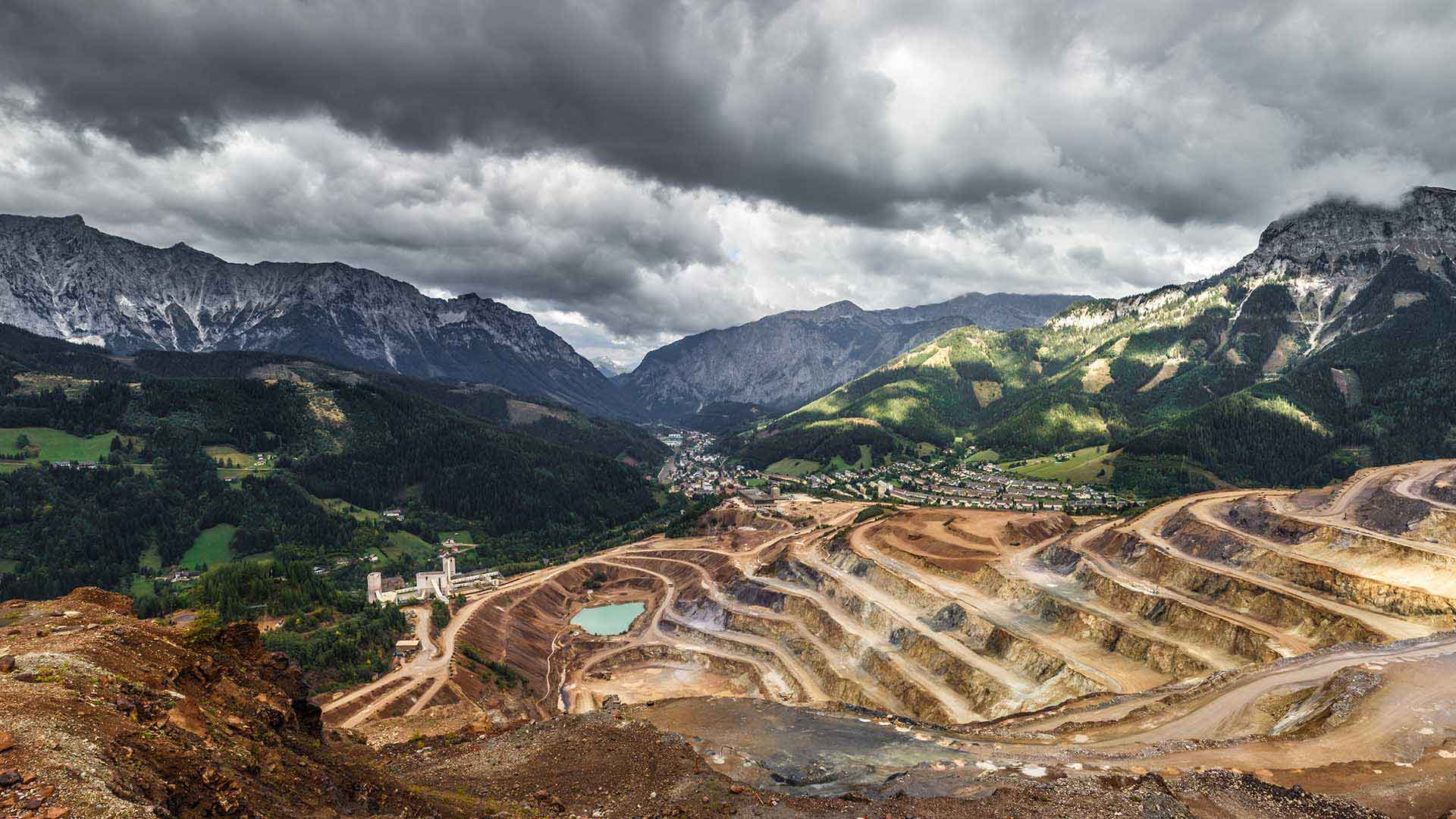As electric vehicle battery makers use more nickel to produce greener vehicles, nickel miners face a conundrum: How do they extract the metal from the ground in the name of sustainable transportation—without compromising sustainability in the areas they’re mining?
Some are using biodiversity offsets to balance their impact on nature, and new location analysis reveals that in at least one case, the practice appears to be working.
Rising Demand Tests Nickel Miners
The growing market for electric vehicles, which require nickel for their batteries, will nearly double the global demand for nickel by 2030. Analysts question whether the current mining infrastructure can handle the need.
A 2020 McKinsey report asked another question—whether nickel miners can expand while satisfying environmental, social, and corporate governance (ESG) benchmarks. A new study in the peer-reviewed journal Nature Sustainability, which analyzed efforts to limit biodiversity loss near a nickel mine in Madagascar, offers a qualified yes. The findings are good news for any company taking a geographic approach to ESG goals.
Biodiversity and ESG
Biodiversity preservation is increasingly seen by ESG-minded companies and investors as equally important to stemming climate change, according to recent reports.
The World Wildlife Fund (WWF) says that biodiversity depletion could cost the global economy $10 trillion in lost “ecosystem services” by 2050. Many companies concerned about their impact on biodiversity are adopting a location intelligence strategy, according to the WWF, using geographic information system (GIS) technology to understand complex environmental data.
The concept of climate change offsets is straightforward: if a company is responsible for a certain amount of emissions, it takes steps to remove an equivalent amount of emissions from the atmosphere.
The owners of Madagascar’s Ambatovy mine applied the offset model to biodiversity loss. Specifically, they attempted to compensate for any deforestation caused by nickel mining by working to prevent deforestation nearby, much of it from agricultural activities.
In the Nature Sustainability study, independent scientists used models to predict how much deforestation would have occurred without the nickel miner’s offsets. Through maps and location analysis, the authors concluded that the offset efforts are on track to prevent an equivalent amount of deforestation.
The Limits of Offsets
The idea of applying offsets to biodiversity loss is controversial, the scientists note. For instance, offsets can complicate issues of equity, such as the fact that some of the deforestation prevented near the Madagascar mines would have involved small farming.
Furthermore, the authors point out that deforestation is an imperfect proxy for biodiversity loss. Unlike climate change offsets, which rely on clear metrics such as carbon and methane emissions, the components of biodiversity can be difficult to isolate.
Still, the study of nickel mining in Madagascar shows that offsets of biodiversity loss are possible—and that with effective location analysis, the success of these efforts can be assessed.
Biodiversity as a Shared Effort
For companies committed to biodiversity as a component of their ESG policies, the study’s takeaway is not that offsets are a cure-all; rather, the lesson is that any offset program should be carefully evaluated, and that location intelligence provides a useful framework to do so.
In addition to helping scientists take a data-based approach to assessment, GIS-based maps and analyses can promote transparency and collaboration among disparate actors.
Using location intelligence, companies that partner with NGOs and governments on biodiversity offsets can analyze and share progress regularly. That kind of evaluation can propel biodiversity from an abstract ESG goal to a data-driven reality.











